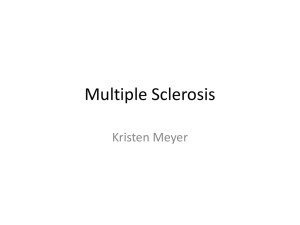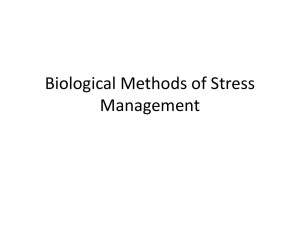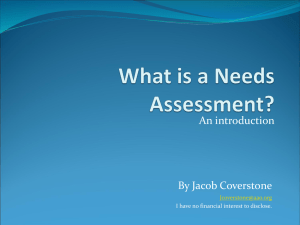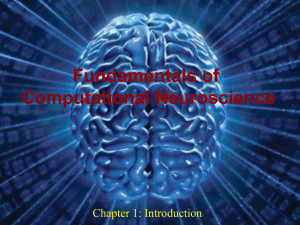RESEARCH STATEMENT Julia Haas I. Dissertation Research Why
advertisement
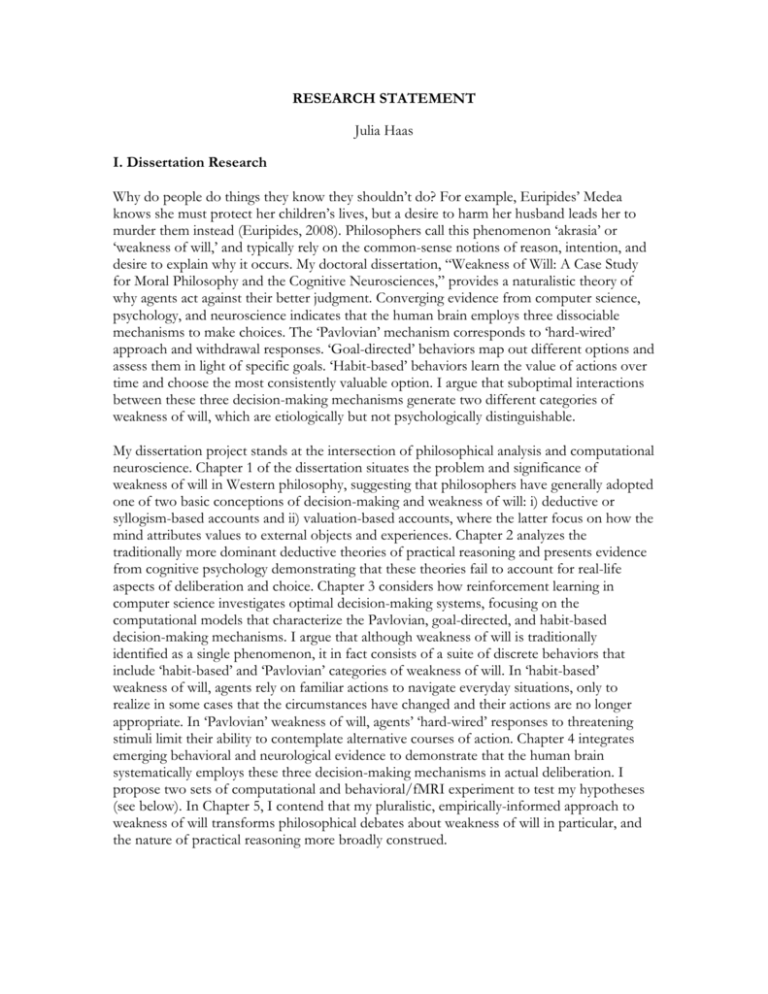
RESEARCH STATEMENT Julia Haas I. Dissertation Research Why do people do things they know they shouldn’t do? For example, Euripides’ Medea knows she must protect her children’s lives, but a desire to harm her husband leads her to murder them instead (Euripides, 2008). Philosophers call this phenomenon ‘akrasia’ or ‘weakness of will,’ and typically rely on the common-sense notions of reason, intention, and desire to explain why it occurs. My doctoral dissertation, “Weakness of Will: A Case Study for Moral Philosophy and the Cognitive Neurosciences,” provides a naturalistic theory of why agents act against their better judgment. Converging evidence from computer science, psychology, and neuroscience indicates that the human brain employs three dissociable mechanisms to make choices. The ‘Pavlovian’ mechanism corresponds to ‘hard-wired’ approach and withdrawal responses. ‘Goal-directed’ behaviors map out different options and assess them in light of specific goals. ‘Habit-based’ behaviors learn the value of actions over time and choose the most consistently valuable option. I argue that suboptimal interactions between these three decision-making mechanisms generate two different categories of weakness of will, which are etiologically but not psychologically distinguishable. My dissertation project stands at the intersection of philosophical analysis and computational neuroscience. Chapter 1 of the dissertation situates the problem and significance of weakness of will in Western philosophy, suggesting that philosophers have generally adopted one of two basic conceptions of decision-making and weakness of will: i) deductive or syllogism-based accounts and ii) valuation-based accounts, where the latter focus on how the mind attributes values to external objects and experiences. Chapter 2 analyzes the traditionally more dominant deductive theories of practical reasoning and presents evidence from cognitive psychology demonstrating that these theories fail to account for real-life aspects of deliberation and choice. Chapter 3 considers how reinforcement learning in computer science investigates optimal decision-making systems, focusing on the computational models that characterize the Pavlovian, goal-directed, and habit-based decision-making mechanisms. I argue that although weakness of will is traditionally identified as a single phenomenon, it in fact consists of a suite of discrete behaviors that include ‘habit-based’ and ‘Pavlovian’ categories of weakness of will. In ‘habit-based’ weakness of will, agents rely on familiar actions to navigate everyday situations, only to realize in some cases that the circumstances have changed and their actions are no longer appropriate. In ‘Pavlovian’ weakness of will, agents’ ‘hard-wired’ responses to threatening stimuli limit their ability to contemplate alternative courses of action. Chapter 4 integrates emerging behavioral and neurological evidence to demonstrate that the human brain systematically employs these three decision-making mechanisms in actual deliberation. I propose two sets of computational and behavioral/fMRI experiment to test my hypotheses (see below). In Chapter 5, I contend that my pluralistic, empirically-informed approach to weakness of will transforms philosophical debates about weakness of will in particular, and the nature of practical reasoning more broadly construed. A component of this research has been recognized as one of the top 25 poster abstracts at the International Neuroethics Society 2013 Annual Meeting. My poster, “Revising Weakness of Will,” critiqued the theory of ego depletion as an explanation of weakness of will and outlined my own neurocomputational account. I am currently revising this presentation as a target article for publication in Neuroethics. I will present a second poster, “A Valuation Theory of Practical Reasoning and Weakness of Will,” which considers the debate regarding weakness of will and rational action in the contemporary philosophy of action, at the American Philosophical Association Pacific Division Annual Meeting in April 2014, before revising it for publication in Philosophical Psychology in July 2014. II. Immediate Research Goals Following the completion of my PhD, I plan to continue my research into the computational and psychological underpinnings of weakness of will. In January 2014, Peter Dayan, the Director of the Gatsby Computational Neuroscience Unit at the University College London, invited me to present a paper entitled “Recruiting Computational Neuroscience to Explain Weakness of Will” to his research group and fellow colleagues. Working with Dr. Dayan and post-doctoral researchers Andreas Hula and Molly Crockett, I was able to design two avenues for advancing my doctoral research. The first line of research uses computer-based modeling to test my hypotheses regarding the computational foundations of weakness of will. The second line of research uses behavioral and neuroimaging data to complement my computation-based hypotheses. 1. Computational Research Building on my visit to the Gatsby Computational Neuroscience Unit, my immediate research goal for Summer and Fall 2014 is to develop computational models simulating my two proposed categories of weakness of will. Upon completing a two-week Neural Engineering Object (Nengo) training program at The Centre for Theoretical Neuroscience at the University of Waterloo in June 2014, I will use the Nengo software package to exhibit the flow of currents in different, interconnected populations of neurons. The first model will represent the neural circuits involved in the complementary habit-based and goal-directed decision-making controllers. The second model will represent the neural circuits involved in the conflicting Pavlovian and goal-directed decision-making systems. Based on my doctoral research, I predict that my simulations will generate two behavioral patterns analogous to the habit-based and Pavlovian categories of weakness of will. 2. Behavioral/Neuroimaging Research My second line of research will analyze a behavioral and neuroimaging data set assembled by Read Montague’s Computational Psychiatry & the Neuroscience of Social Behavior group at the Wellcome Trust Center for Neuroimaging at the University College London. My general objective will be to determine whether the group’s behavioral and neuroimaging data complement my hypotheses regarding the computational mechanisms causing weakness of will. Specifically, I propose to analyze the group’s data on participants’ responses to a sequential investment task (Lohrenz et al. 2007), in which participants must learn to make improved decisions over time. I hypothesize that incorporating an aversive, Pavlovian stimulus into the investment task will elicit the Pavlovian type of weak-willed behavior. III. 18-month Research Goals Over the next 18 months, my goal will be to revise my dissertation as a book manuscript entitled Explaining Weakness of Will. This would include writing up the supplementary computational and neuroimaging research outlined above, as well as preparing an additional chapter on the associated psychological mechanisms underlying weakness of will. This latter chapter will focus on the theory of ‘intention-action gaps’ (Ajzen et al. 1985, Hooft et al 2005). Upon completing this project, in September 2015, I plan to join Molly Crockett’s group at Jesus College, Oxford University as a Junior Research Fellow, examining the neural underpinnings of decision-making.
